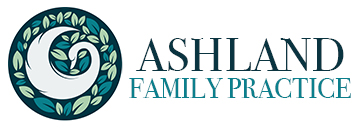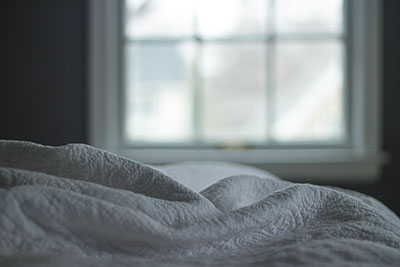Restorative Sleep
If there is a secret to a good night’s sleep, it is a good day’s waking
Getting restorative sleep is a bit elusive these days. We live in a highly overstimulated world with constant access to news, social media, search engines and 24/7 shopping. Constant round the clock stimulation is interfering not only with our health and well-being, but it is also sabotaging our natural circadian sleep-wake cycles. It is no surprise then that 10-30 % of adults struggle with insomnia and the incidence increases with age and tends to be more prevalent in females.
Poor sleep has been associated with generally overall poorer physical and mental health, more accidents, lower productivity and in recent years it is suggested to increase the risk for dementia. Poor sleep is also depriving us from having an active dream life which may negatively impacting our creativity and spiritual consciousness.
DIFFERENT TYPES OF SLEEP PROBLEMS
Many times insomnia is “secondary” to another medical condition and sometimes insomnia is more of a “primary” condition meaning that some individuals may have a genetic predisposition to insomnia with no other associated or contributing problem. Utilizing the “Three P” model can be helpful in figuring out why an individual may be struggling with sleep. This assessment model includes 1)PREDISPOSING FACTORS (medications, medical conditions, circadian rhythm disorders, hyperarousal syndrome), 2) PRECIPITATING FACTORS (grief, stress, occupation, family issues), and 3) PERPETUATING FACTORS (poor sleep behaviors or habits, caffeine and alcohol use, attempts to control sleep). And integrative approach to insomnia calls for a thorough investigation of these factors and a personalized approach to restoring healthy sleep patterns and behaviors.
TREATMENT OPTIONS AND STRATEGIES
There are no magic bullets. Lifestyle changes are needed regardless of the cause, these changes include nutrition, exercise, psychological well-being and diminishing NOISE in our lives. There is also the interventional approach which embraces the “letting go of something to sleep AND the taking something to sleep approach. The “letting go of something to sleep” approach is about reducing the noise in our lives which promotes excessive wakefulness. And the “taking something to sleep” approach is about taking or consuming sleeping medications, alcohol, warm milk, herbal teas, melatonin and herbal botanical supplements in an effort to become “sleepy.”
But most chronic insomnia results NOT from insufficient sleepiness but rather from excessive wakefulness. In the end, most prescription sleep medications do little to induce restorative sleep but they suppress the symptoms of hyperarousal and do so with great risks, especially in the elderly.
Numerous botanical supplements have been used around the world for centuries as a gentle assist to induce sleepiness including valerian, hops, lemon balm, kava kava, L-theanine & cannabis. None of these will “knock you out.” Some herbal sleep aids have a better safety profile than others. Mind -body therapy is also very helpful and can assist an individual in decreasing overall mind, body and bed noise.
REFRAMING THE PROBLEM
It is important to keep in mind falling asleep is more an art than a science. And as one of my favorite sleep and dream experts, Dr. Rubin Naiman, says “From the perspective of our waking self, falling asleep is more like an accident. We can only slip, slide or trip into it. Taking on falling asleep as a problem is the ultimate trap. We have to let go of our waking self and in doing so, we become more open to thinking outside our self – to inviting sleep.” In essence, the advice is to let sleep be in charge of you as opposed to you trying to be in charge of sleep.
To read more about helpful tips on sleeping well by Dr Rubin Naiman read this excellent article about habits of superb sleepers and also check out his website:

